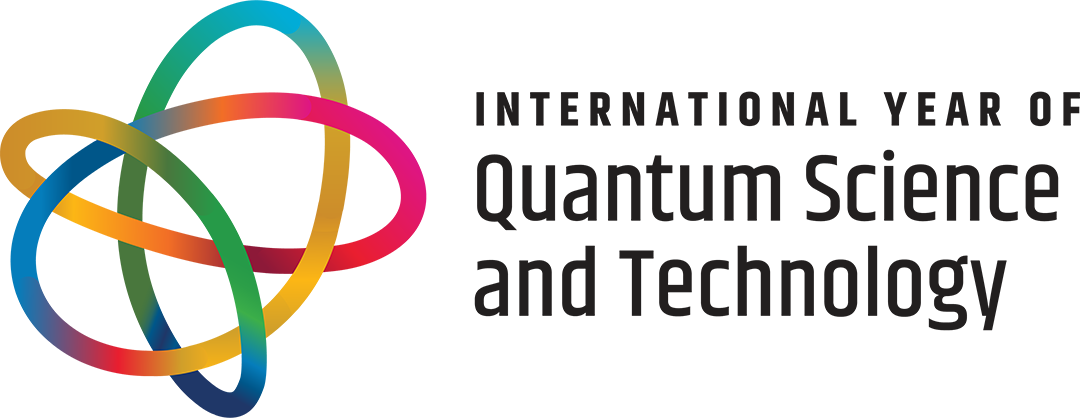Historically IUPAP came into existence charged with enhancing physics through the organization and sponsorship of the most appropriate conferences, and ensuring that all physicists had free access to the meetings. These goals basically remain today.
As the subject broadened specialized commissions were formed in physics sub-disciplines. Commission members were selected as experts in the sub-disciplines who would be better able to recommend the most beneficial conferences for IUPAP support and also to ensure that the conferences were organized in different appropriate venues. Thus, the applications for Conference Support start by selecting the appropriate IUPAP Commission or Affiliated Commission . Two commissions, those on physics for development and on physics education, fall into a slightly different category, but the same basic principles for conferences apply.
IUPAP supports conferences in two ways, by Sponsorship and by Endorsement . IUPAP Sponsorship may include limited financial support of the conference with funds derived from the members of IUPAP. IUPAP supported conferences must abide by IUPAP regulations as described in Conference Policies . In particular, once approved, sponsored and endorsed conferences must use the IUPAP Logo and include the required statements on the free circulation of scientists and about the activity being free of discrimination and harassment on all promotional material relating to the conference or meeting. Supported conferences must submit a report on the Report Form within two months of the close of the conference.
Over time, different kinds of conferences have evolved, all of which are international in nature, with international speakers, international attendees, and held on a rotating basis at different international locations (on different continents). The Type A, or General, conference is a large general meeting of 750 – 1000 attendees covering an entire field (i.e. the area covered by the commission). The Type B, or Topical, conference is smaller with 300 – 500 attendees on a subset of topics. The Type C, or Special, conference has 50 – 200 attendees on a specialized topic, and may be a workshop. The IUPAP Council believes that if the meetings are part of a series there should generally be at least two years between their occurrences. A fourth type of conference, Type D, workshops in developing countries, was added in 2007. All applications for Type D conferences must select the Commission on Physics for Development (C13) when filling out the corresponding form.
The final decisions on conference sponsorship, made by the Council, are normally communicated to the Conference Organizers in the November preceding the year of the conference (or within two-three weeks following the conclusion of the annual C&CC Meetings where Council takes final decisions allocations for IUPAP conference support).




